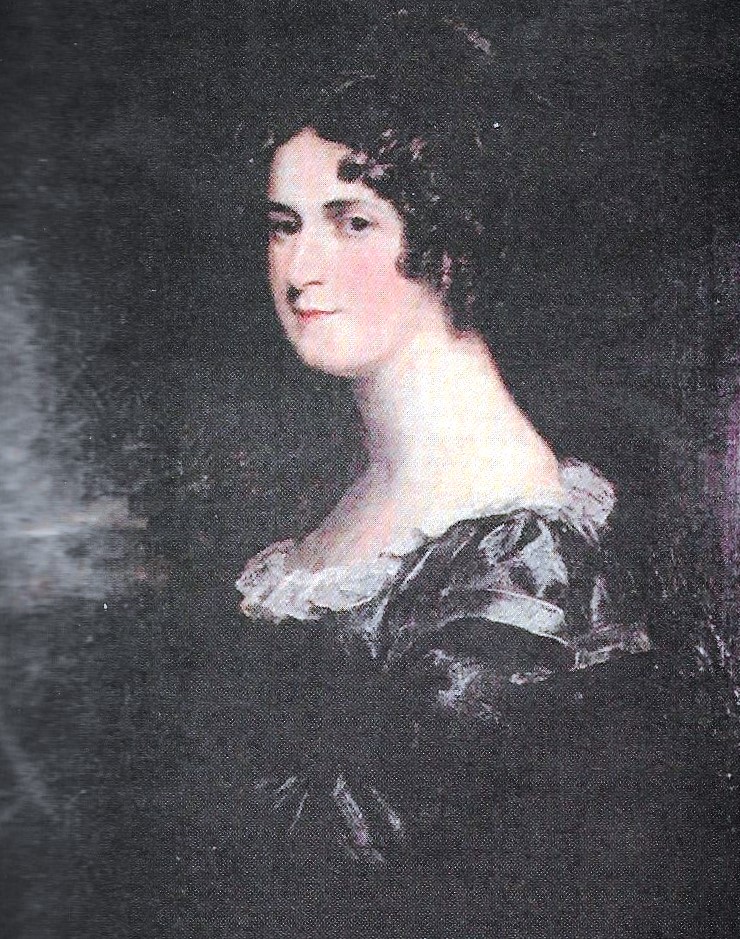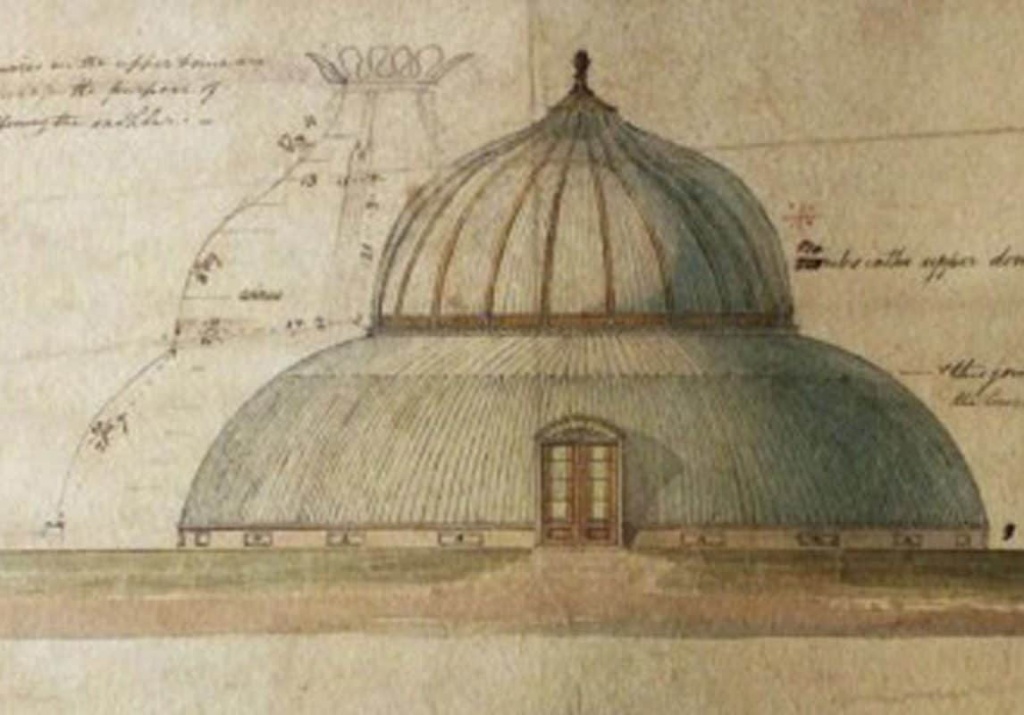Diana Beaumont (1765–1831) née Wentworth was the eldest illegitimate daughter of Sir Thomas Wentworth of Bretton HallCountry house on the north slope of the valley of the River Dearne in West Bretton near Wakefield, West Yorkshire, England. in West BrettonVillage and civil parish in the Wakefield District of West Yorkshire. near Wakefield in Yorkshire. After marrying landowner Thomas Beaumont in July 1786, and inheriting the Wentworth’s Bretton Hall and Northumberland estates when her father died in 1792, she created the fortune that made her eldest son the “richest commoner in England”.[1]
The Beaumonts greatly expanded the Bretton estate and doubled the size of the mansion. Diana was the driving force but alienated most people she met, including her eldest son.
Background
The Wentworths had owned the Bretton Hall estate near Wakefield in Yorkshire for more than three hundred years when Sir William Wentworth demolished the old house and chapel and built the present hall. It was financed by money brought into the family when he married Diana Blackett whose Northumberland family fortune had been made from lead mining. When William Wentworth died in 1763, the estate passed to his only son, Sir Thomas Wentworth (1726–1792). He also inherited the Blackett estates when Walter Calverley Blackett died without a male heir in 1777. Sir Thomas Wentworth changed his name to Blackett. The “libertine country squire”, never married but produced several illegitimate children.[2]
Inheritance
Diana Wentworth married Thomas Richard Beaumont, a landowner from the Oaks in Darton, in July 1786.[3] When her father died in 1792, the circumstances surrounding his will were mired in suspicion.[4] Unmarried, he had fathered at least ten children including Diana who was the eldest, and one of three sisters, whose mother may have been Betsy Wordsworth whose family were grocers and mercers in Penistone.[3][5] Diana and her sisters Sophia and Louisa were acknowledged as his offspring and expected to be beneficiaries of his will.[6]
In 1790 Sir Thomas Blackett summoned Diana’s husband, Thomas Beaumont, and others to witness his will in which the major portion of his estate would be left to another illegitimate child, a minor, Thomas Wentworth. The will was signed and witnessed in the October.[7] Diana however set about changing her ageing father’s mind and, most probably assisted by her sister Sophia, succeeded in February 1792 when a new will leaving his estate to Diana and Thomas Beaumont in trust to their eldest male heir was signed. In the new will her sisters received annuities of £3,000 and young Thomas just £100 a year.[8]
Character
Diana was famously disliked even loathed, by her neighbours, the Spencer-Stanhopes of Cannon Hall who ridiculed her as the great “Madame Beaumont”.[3] One of the Spencer-Stanhopes, Mrs Pickering, in her Memoirs, described the young Diana as a skivvy in the kitchens who sold eggs at Penistone market. After marriage her social pretentions developed and while spending time in London she became “addicted to court” or more probably the London season. How far this is true remains conjectural. [9]
A domineering woman who fell out with almost everybody she met, including her son Thomas Wentworth Beaumont,[10] she lived extravagantly. Her coach was drawn through the village by four matched black horses and postillions in velvet livery; her London coach was yellow.[9]
Business
When Colonel Beaumont was on military service in Ireland after 1800, Diana, who had the better business brain, closely supervised their interest in the Northumberland lead mines and continued to do so until her death in 1831. Her correspondence with the agent John Blackett evidences a “forceful and tenacious” and strongly opinionated woman.[3]
Bretton
Between 1792 and 1807 the Beaumonts produced eight children, five boys and three girls. As their family increased, their Yorkshire estate expanded from 7,000 to 10,000 acres.[9] The Beaumonts also doubled the size of the mansion. They built the Archway Lodge in 1807 and the Camellia House around 1817. The house was remodelled with a portico
Porch leading to the entrance of a building, its roof supported by columns and with a pedimented gable. and bow windows at the south end.[11]
Diana, a keen gardener, surrounded the hall with 30 acres (12 ha) of gardens and shrubberies and began to empark Longside, south of the lakes that had been created in the valley. Her gardner, Robert Marnock, was one of the few who had anything good to say about her.[12][a]Marnock created Sheffield Botanical Gardens and was head gardener at Kew.
— Robert Marnock
Diana had many glass houses and conservatories built. The Dome Conservatory built in 1827 was the largest in the world.[10] Designed and built by W. & D. Bailey of Holborn, it was made of iron and glass and cost £15,000. The domed structure was 60 feet (18 m) in diameter, 45 feet (14 m) high and had an engine house for its steam boilers.[13] A scrambling plant native to subtropical India with large, white, fragrant, trumpet-shaped flowers, Beaumontia grandiflora,
is named after Diana.[14]
Thomas Beaumont died in 1929, Diana did not attend his funeral. She survived him by two years. When Diana died in 1831 her eldest son, inheritor of the estates and lead mining interests, who became the “richest commoner in England” did not attend her funeral. Her seven younger children each inherited £50,000.[15] The estate passed to her son Thomas Wentworth Beaumont,[11] one of whose first acts was to sell everything that reminded him of his mother,[10] including her famous conservatory.[3]


